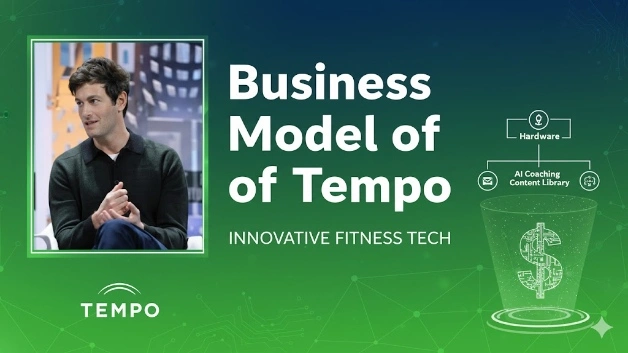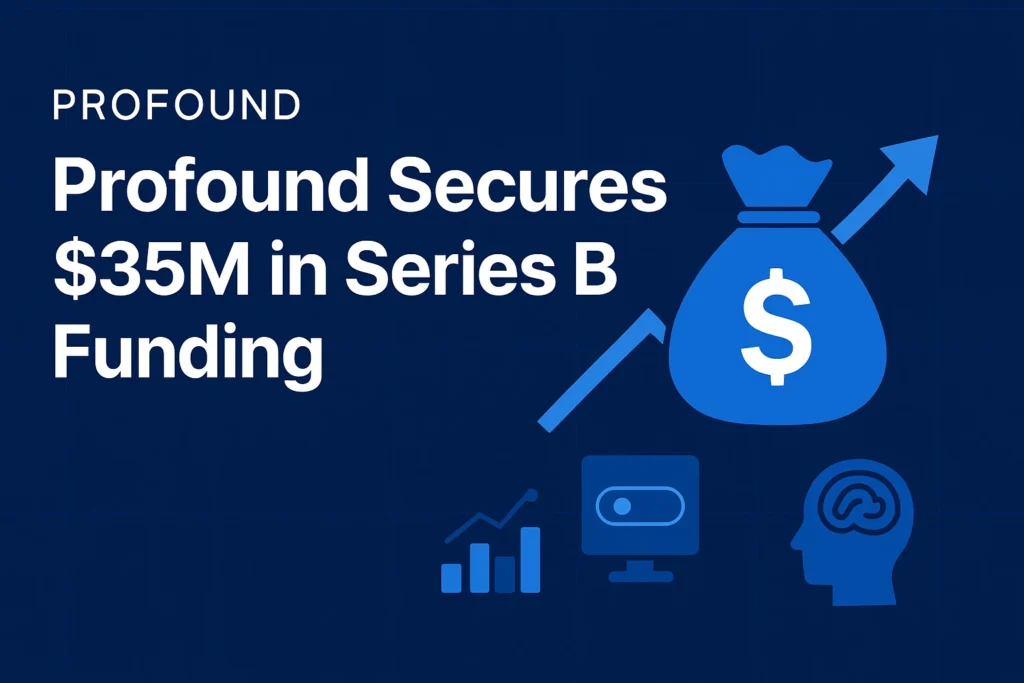| Category | Details |
|---|---|
| How Tempo Started | Business Model Of Tempo Founded as a joint venture between payments giant Stripe and crypto venture firm Paradigm, with Paradigm managing partner Matt Huang—who sits on Stripe’s board—leading the initiative. Tempo emerged from Stripe’s aggressive crypto expansion strategy following regulatory clarity in the stablecoin sector. Tempo’s founding reflects Stripe CEO Patrick Collison’s vision that stablecoins represent the future of global payments infrastructure. The blockchain was purpose-built specifically for payment use cases rather than general smart contracts, addressing limitations in existing networks like Ethereum and Solana that weren’t originally designed for high-volume payment processing. Tempo recruited blue-chip design partners including OpenAI, Shopify, and Visa before public launch, ensuring enterprise-grade requirements shaped core architecture. Tempo hired Dankrad Feist, a leading Ethereum Foundation researcher, signaling technical ambitions to compete with established blockchain networks on performance and innovation. |
| Present Condition | Currently operates with a $5 billion valuation following its $500 million Series A round led by Greenoaks and Thrive Capital, with participation from Sequoia, Ribbit Capital, and SV Angel. It remains stablecoin-agnostic, meaning different tokens can be used to pay transaction fees, providing flexibility for enterprise adoption. Tempo has secured design partnerships with OpenAI for AI payments, Shopify for e-commerce transactions, and Visa for traditional payment network integration. The technical team includes top-tier blockchain researchers from Ethereum Foundation, positioning it competitively against established networks. It has not yet launched publicly but is in development phase with enterprise partners testing infrastructure. |
| Future of Industry | It plans to launch as a production-ready payments blockchain competing directly with Ethereum, Solana, and emerging corporate blockchains from Robinhood and Circle. Ot will leverage Stripe’s distribution reaching millions of global merchants to drive rapid adoption once regulatory approvals complete. . The broader stablecoin industry processed $27 trillion in 2024 transactions with daily volumes reaching $5-7 trillion, rivaling Visa and Mastercard combined. Sector benefits from regulatory clarity through the GENIUS Act allowing supervised stablecoin issuers to operate under federal framework with one-to-one reserve requirements. Stablecoin usage for remittances reached 3% of $200 trillion global cross-border payments in Q1 2025, while capital markets achieved nearly 1% penetration. Industry forecasts indicate 90% of financial institutions taking action on stablecoins, with 86% reporting infrastructure readiness. Latin America leads real-world adoption with 71% of firms using stablecoins for cross-border payments. |
| Opportunities for Young Entrepreneurs | Young entrepreneurs can leverage ecosystem in multiple ways: (1) Payment Integration Services—building middleware connecting traditional businesses to Its blockchain infrastructure, enabling stablecoin payments without crypto expertise; (2) Developer Tools—creating APIs, SDKs, and no-code platforms simplifying Tempo integration for non-technical merchants; (3) Compliance Solutions—developing KYC/AML automation, transaction monitoring, and regulatory reporting tools for businesses using stablecoin payments; (4) Cross-Border Remittance—launching consumer-facing apps leveraging Tempo’s infrastructure for faster, cheaper international money transfers competing with Western Union; (5) Treasury Management—building corporate tools helping businesses manage stablecoin holdings, automate conversions, and optimize liquidity. |
| Market Share | It enters a competitive landscape where Ethereum currently dominates stablecoin transactions, processing majority of the $307 billion stablecoin market including $181 billion USDT (59% market share). Tempo competes with established blockchains: Ethereum (dominant stablecoin network), Solana (high-performance alternative), Tron (significant USDT volume in Asia), and emerging corporate chains from Robinhood and Circle launching since January 2025. Tempo’s pre-launch status means zero current market share, but strategic positioning through Stripe distribution, blue-chip design partners (OpenAI, Shopify, Visa), and purpose-built architecture create competitive foundation. |
| MOAT (Competitive Advantage) | Tempo’s competitive advantages include: (1) Stripe Distribution Network—immediate access to millions of merchants globally through Stripe’s existing payment infrastructure, providing unmatched go-to-market advantage versus standalone blockchains; (2) Purpose-Built Payment Architecture—blockchain designed specifically for payment use cases rather than adapted from general smart contract platforms, enabling superior performance for transaction processing; (3) Blue-Chip Design Partners—OpenAI, Shopify, and Visa involvement ensuring enterprise requirements shape core technology before public launch; (4) Stablecoin Agnostic Design—flexibility allowing multiple stablecoins for transaction fees reduces single-token dependency risk; (5) Elite Technical Talent—hiring Ethereum Foundation researchers like Dankrad Feist brings cutting-edge blockchain expertise competing with established networks on innovation. |
| How Tempo Makes Money | Tempo generates revenue through blockchain-native business models: (1) Transaction Fees—Tempo charges fees on every payment processed through the network, capturing basis points on transaction volume similar to traditional payment networks but at significantly lower rates; (2) Network Validator Revenue—participants running Tempo network infrastructure earn fees for processing and validating transactions, with Tempo potentially operating validator nodes capturing portion of economic activity; (3) Enterprise Licensing—Tempo may charge institutional customers premium fees for dedicated infrastructure, enhanced support, guaranteed throughput, or white-label solutions; (4) Stablecoin Issuer Partnerships—potential revenue-sharing arrangements with stablecoin providers routing volume through Tempo network, creating alignment between blockchain and token issuers. |
I’m Araib Khan, an author at Startups Union, where I share insights on entrepreneurship, innovation, and business growth. This role helps me enhance my credibility, connect with professionals, and contribute to impactful ideas within the global startup ecosystem.




